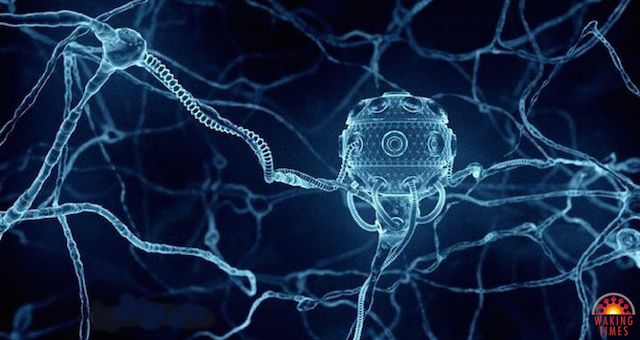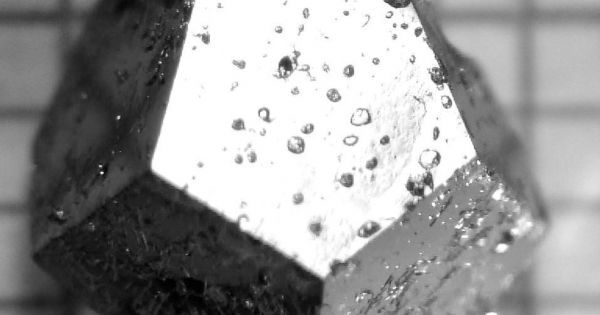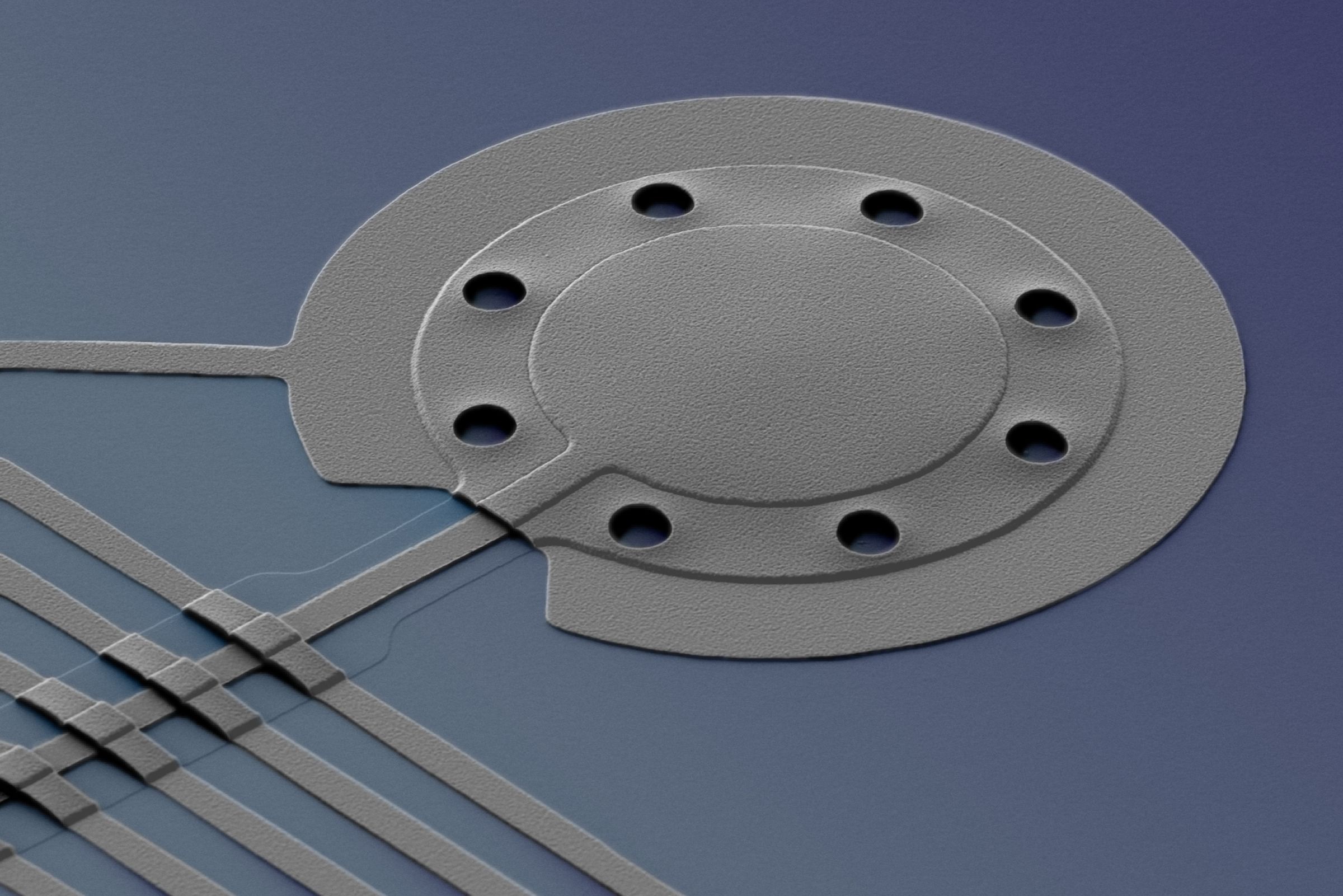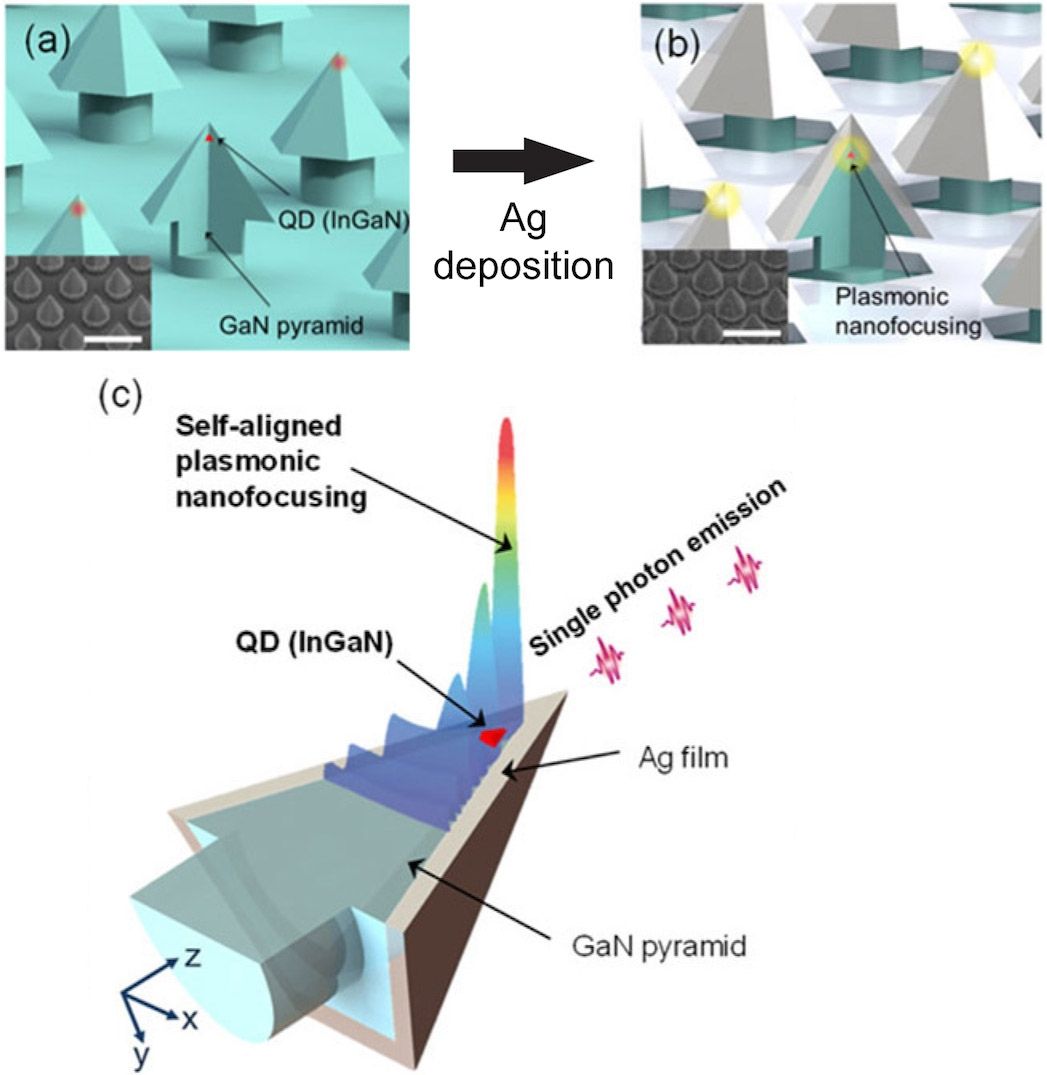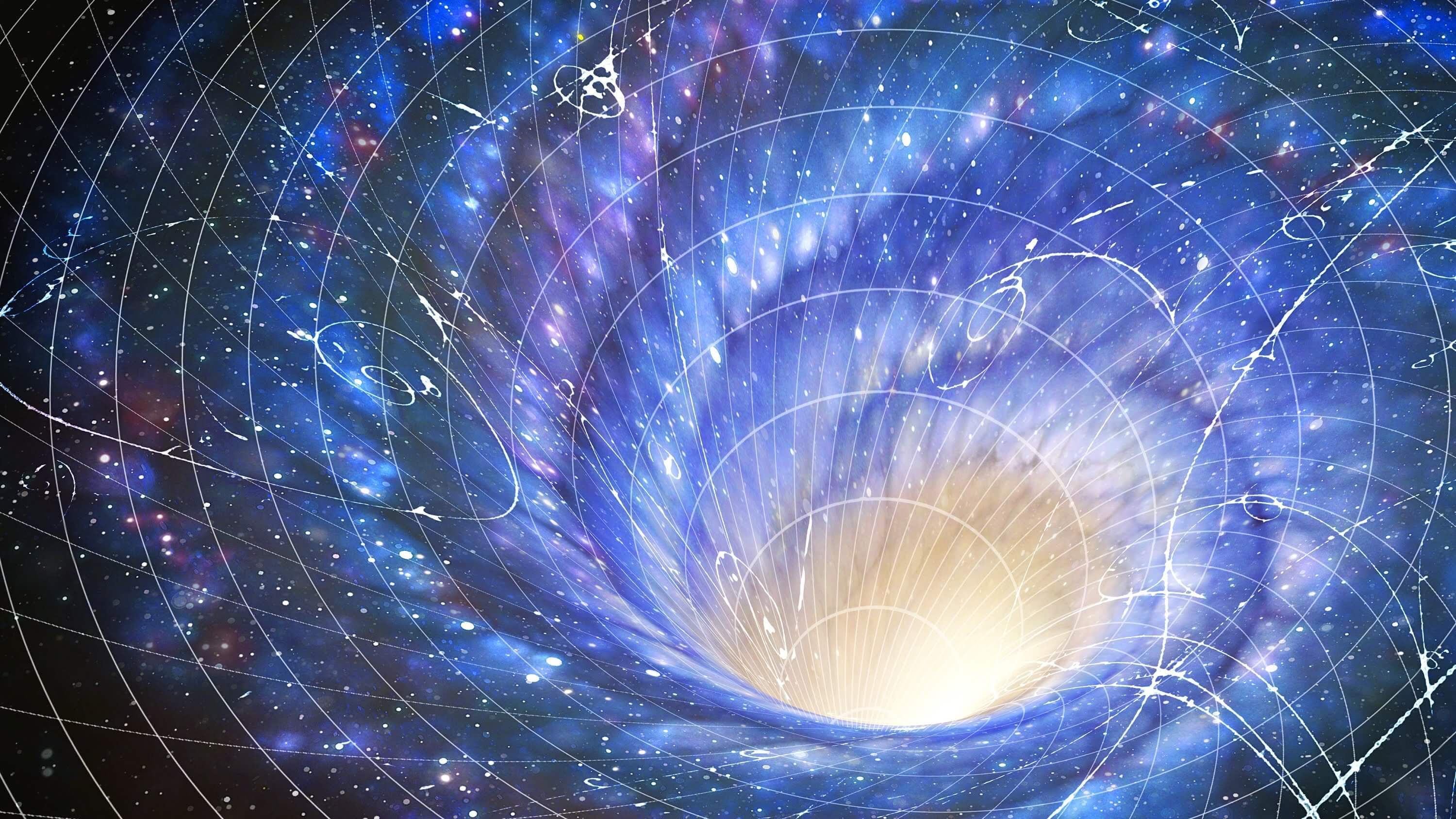Nice.
A sophisticated cooling technique — using lasers to cool individual atoms — was demonstrated at the National Institute of Standards in Technology in 1978, and is now used in a wide array of precise applications, such as atomic clocks. Using the same principle, NIST physicists have now “cooled a mechanical object to a temperature lower than previously thought possible,” passing the so-called “quantum limit” which imposes limits on accuracy for quantum scale measurements.
Described in a paper titled “Sideband cooling beyond the quantum backaction limit with squeezed light,” published Thursday in the journal Nature, the technique could theoretically be used to cool objects to absolute zero, when matter exhibits almost no energy or motion.
The researchers took a microscopic mechanical aluminum drum — diameter of 20 micrometers and thickness of 100 nanometers — and put it in a superconducting circuit, which itself was placed inside an electromagnetic cavity. Microwave photons of “squeezed light” — the photons were purified, or stripped, of the unwanted fluctuations that could cause heating — were then used to create resonance in the cavity, which in turn caused the drum to beat. As the cavity filled up with photons, they leaked out, carrying with them phonons — mechanical units of energy — and thus lowering the total energy state of the drum to just a fifth of a single quantum of energy.
